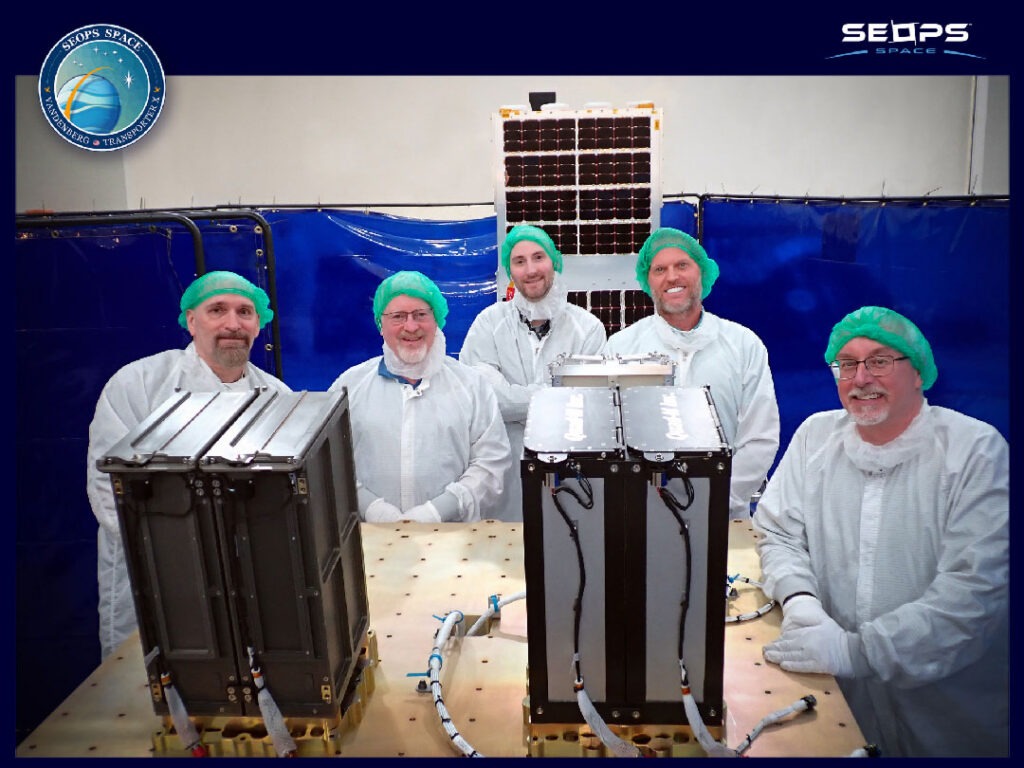SEOPS Sends Customers to Orbit on SpaceX Transporter-10
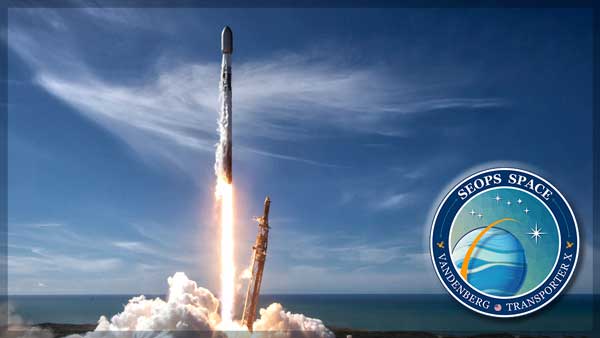
SpaceX launched a big batch of satellites for a variety of private customers today. The company’s Transporter-10 mission lifted off right on time at 5:05 p.m. ET (2205 GMT) on Monday (March 4) from Space Launch Complex 4E (SLC-4E) at Vandenberg Space Force Base in California.
This is just the latest complex mission managed by our experienced team at SEOPS. We’ve been helping customers get to orbit for more than since 2018, and we know how to set our customers up for mission success. There is a lot of behind the scenes work to get each customers’ payloads integrated and ready for launch, and we pride ourselves on a customer-centric approach. It’s not just the integration to the launch vehicle, but we also can help customers with spacecraft design, licensing, provide cleanroom support (to include the brick and mortar), to include providing multiple flight proven deployer products that we designed and built.
“There is no one-size-fits-all approach to smallsat launches,” says Mike Johnson of SEOPS. “We have to be able to assess each payload and each customer separately, and do whatever it takes to make sure they get where they need to be.” From experienced fliers who are just launching the latest smallsat in a constellation, to working with university students launching for the first time, our team’s years of experience with the SpaceX integration and launch processes have helped us become a trusted, and valued leader in rideshare launches.
We’re always impressed by the important missions of our customers, and are happy to facilitate them. Here is a summary of the payloads and missions that were launched on Transporter-10 by SEOPS:
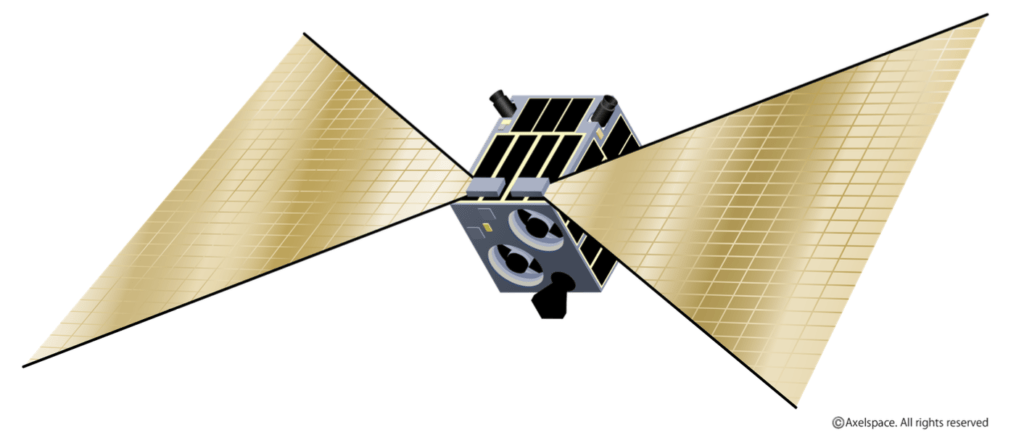
PYXIS: Axelspace Corporation’s PYXIS is the first demonstration satellite of AxelLiner, the one-stop microsatellite service. PYXIS will be demonstrating multiple components and sensors for Axelspace. PYXIS is also equipped with a deorbit device called D-SAIL, the Deployable Deorbit Mechanism for microsatellites. Developed as a countermeasure to the growing problem of space debris, this mechanism facilitates the rapid descent of satellites into the atmosphere upon mission completion, leveraging thin atmospheric resistance in orbit.
LaCE payloads: Two 6U payloads for the Navy, the LaCE (Laser Crosslink Experiment) spacecraft will demonstrate a low SWAP optical communications crosslink in LEO (Low Earth Orbit) These were developed by the US Navy’s Naval Information Warfare Command (NIWC) Pacific and sponsored by the Missile Defense Agency (MDA).
Scout-1: Quantum Space’s Scout-1, on their inaugural Sentry Mission, is the foundational node in their commercial mesh network known as QuantumNet. Scout-1 will be conducting on-orbit space situational awareness data collection while maturing on-orbit processing algorithms and refining their AI/ML technologies.
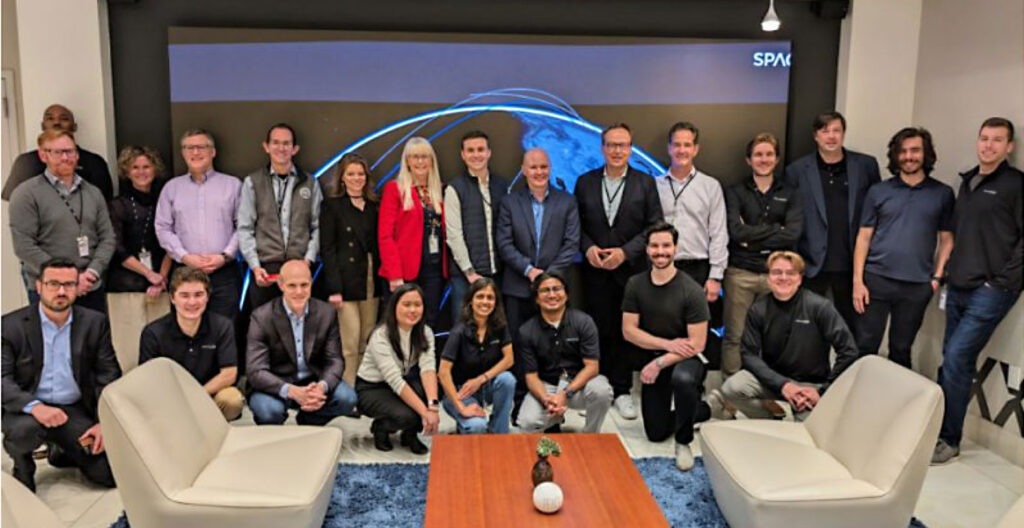
Tiger 7 and 8: OQ’s latest smallsats will join their counterparts in providing global NTN connectivity for machines and the internet of things (IoT). These satellites will complete their Batch-1 satellite constellation, comprised of 10 satellites. Both satellites are 6U sized nanosatellites carrying “cell tower” NB-IoT payloads. OQ has been on a fast track to complete Batch-1 to continue to provide global narrowband IoT coverage to many clients and applications. OQ is a front runner globally in offering Low Earth Orbit satellite narrowband communication for machines and the internet of things.

M3 (Multi-Mode Mission): This satellite designed by the students at Missouri S&T (Science and Technology) was developed as part of NASA’s Undergraduate Student Instrument Project and supported by NASA CSLI program. The cubesat M3 will test an experimental thruster in space. This project showcases the talent, dedication, and ingenuity of the Missouri S and T students and faculty.
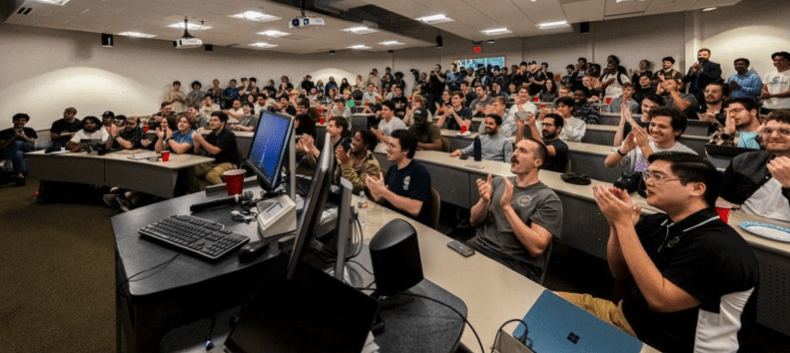
Congratulations to all our customers on this successful mission! We’re already hard at work on the next one, ensuring the next round of customer payloads get to space so they can continue their important work.
